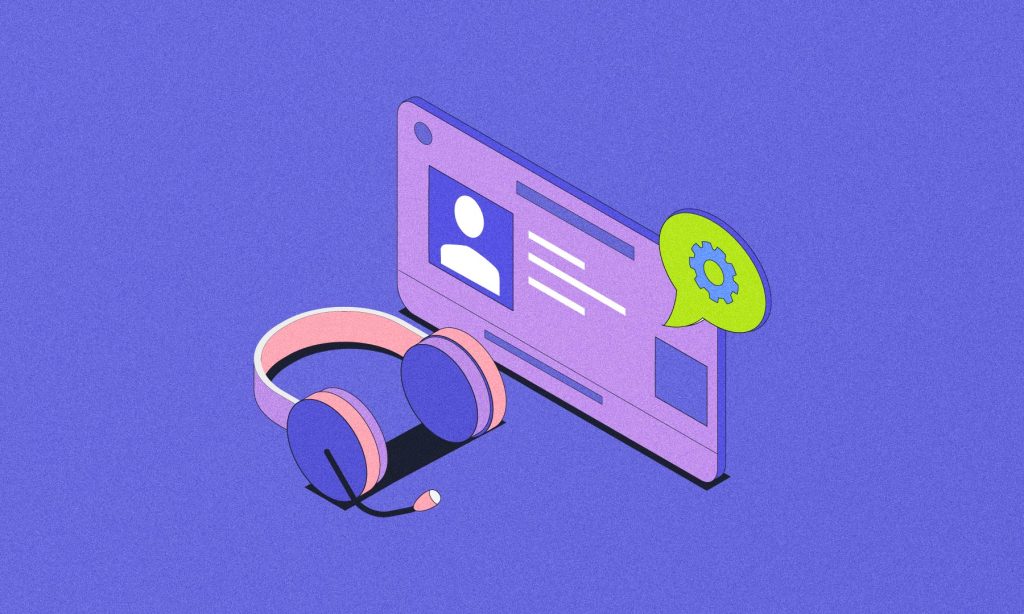In a world driven by digital technologies, Aadhaar emerged as a game-changer on the Indian scene. It revolutionizes the way individuals access government and private services in the country. A unique 12-digit identification number, Aadhaar serves as a gateway to a plethora of services. Its contribution toward the building of a connected nation is unmatched. In this blog, we will explore the significance of Aadhaar and how it has transformed the Indian landscape.
What is Aadhaar?
The word Aadhaar literally means “foundation” in Hindi. In the digital age, the term refers to the biometric identification system set up by the Government of India.
The Unique Identification Authority of India (UIDAI), the body behind the system, aims to provide every Indian resident a unique number that serves as proof of identity and address. Aadhaar proves identity by storing an individual’s demographic and biometric information on a card. The biometric information includes fingerprints and iris scans.
Seamless services enabled by Aadhaar
Aadhaar cards play a vital role in Indian residents being able to access a range of services seamlessly. In this section, let’s take a look at some of these services.
1. Government welfare programs
Aadhaar has become an essential component of various government welfare programs. The programs include direct benefit transfers, public distribution systems, as well as subsidies. By linking Aadhaar to these programs, the government eliminates intermediaries and minimizes leakages. This ensures that the benefits reach the intended beneficiaries directly.
2. Financial inclusion
Aadhaar plays a significant role in promoting financial inclusion. It facilitates the opening of bank accounts for those who previously lacked proper identification documents. With Aadhaar-linked bank accounts, individuals can access various financial services, directly receive government subsidies and transfers, and engage in digital transactions with ease.
3. Digital identity verification
Aadhaar is a robust digital tool for identity verification. Whether it’s getting a SIM card, or conducting e-Know Your Customer (e-KYC) verification for various services, Aadhaar simplifies it all. It does this by eliminating the need for multiple physical documents while ensuring accuracy. In that sense, Aadhar streamlines procedures and facilitates convenience.
4. Healthcare services
Aadhaar integration in healthcare has led to improved access and service delivery. By linking Aadhaar to health records, patients can securely access their medical history, avail health insurance benefits, and ease information sharing between healthcare providers. It thus ensures better coordination and care.
5. Education system
Aadhaar has transformed the education system by streamlining student enrollment, eliminating duplicate entries, and ensuring the accurate tracking of educational records. It also facilitates scholarship disbursals and promotes transparency in the sector.
6. Digital governance
Aadhaar has laid the foundation for digital governance. It does this by enabling an efficient and transparent service delivery. It has also facilitated the creation of online platforms and portals for government services and individual access to them. From tax filing to obtaining government certificates, Aadhaar has simplified administrative processes and reduced red tape.
Conclusion
Aadhaar is a powerful tool, propelling India toward becoming a more connected and inclusive nation. Its unique identification number linked to biometric data has transformed service delivery across various sectors, ensuring efficiency, transparency, and accessibility. With Aadhaar as the gateway to these services, individuals can enjoy financial inclusion, streamlined governance, improved healthcare, and enhanced educational opportunities. Aadhaar thus truly represents the arrival of a digital India.
FAQs
What does Aadhaar mean in English?
Foundation
What are the biometric features stored in Aadhaar?
Fingerprints and iris scans.
How does Aadhaar contribute to financial inclusion?
It enables access to bank accounts, government subsidies, and digital transactions.
How does Aadhaar benefit the healthcare sector?
It allows secure access to medical records, health insurance benefits, and improves information sharing between healthcare providers.








